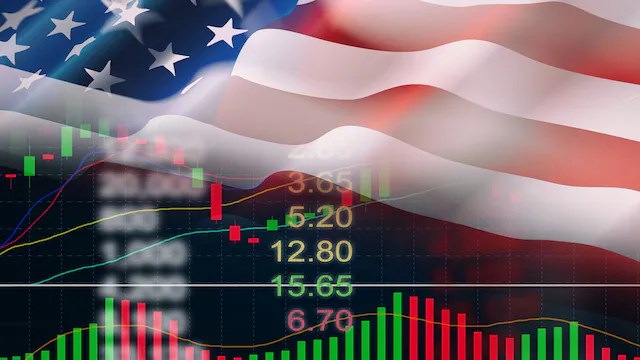The U.S. economy grew at an annualized rate of 3.5% in the third quarter, surpassing analysts’ expectations and showing strong economic momentum.
Government data shows that robust consumer spending and business investment were key drivers of growth. Americans continued to spend on goods and services, supporting retailers and service industries across the country.
Business investment also increased, with companies expanding operations, upgrading equipment, and investing in technology. Analysts say this reflects confidence in continued economic stability and growth prospects.
Economists noted that the 3.5% growth rate exceeds most forecasts for the quarter. “This is a strong performance for the U.S. economy, indicating resilience despite global uncertainties,” said a senior economic analyst.
The growth in Q3 comes amid a tight labor market and historically low unemployment rates. Higher employment and rising wages have encouraged consumer spending, contributing to overall economic strength.
Exports also played a role, with U.S. goods and services in demand overseas. Trade activity helped support manufacturers and exporters, adding to the overall growth figures.
Investment in technology and infrastructure by businesses has further strengthened economic performance. Companies are focusing on efficiency, automation, and modernization to remain competitive and sustain growth.
Consumer confidence remains high, driving demand in retail, travel, and entertainment sectors. Analysts say that spending habits indicate that households are willing to invest in both essentials and discretionary items, supporting overall GDP growth.
Despite concerns about inflation and global economic pressures, U.S. economic indicators show resilience. Low unemployment, steady wage growth, and continued business investment have helped offset some risks.
Economists caution that while growth is strong, monitoring inflation and supply chain pressures remains important. Policymakers are expected to balance support for growth with measures to maintain price stability.
The third-quarter growth also highlights the importance of fiscal policies and government initiatives that support both consumers and businesses. These measures help sustain confidence and encourage long-term investments.
Regional economies across the U.S. reported healthy growth, with both urban and rural areas benefiting from increased spending and investment. Local economies have seen job creation and higher business activity as a result.
Analysts predict that if consumer spending and business investment continue at current levels, the U.S. economy may sustain moderate growth in the coming quarters. Continued monitoring of global conditions and domestic policy will be essential.
The strong Q3 performance sends a positive signal to investors and international partners, indicating that the U.S. economy remains a central driver of global economic activity.
Overall, the 3.5% growth rate in Q3 reflects a combination of confident consumers, active business investment, and resilient economic fundamentals. Experts expect these trends to support continued economic expansion in the near term.



